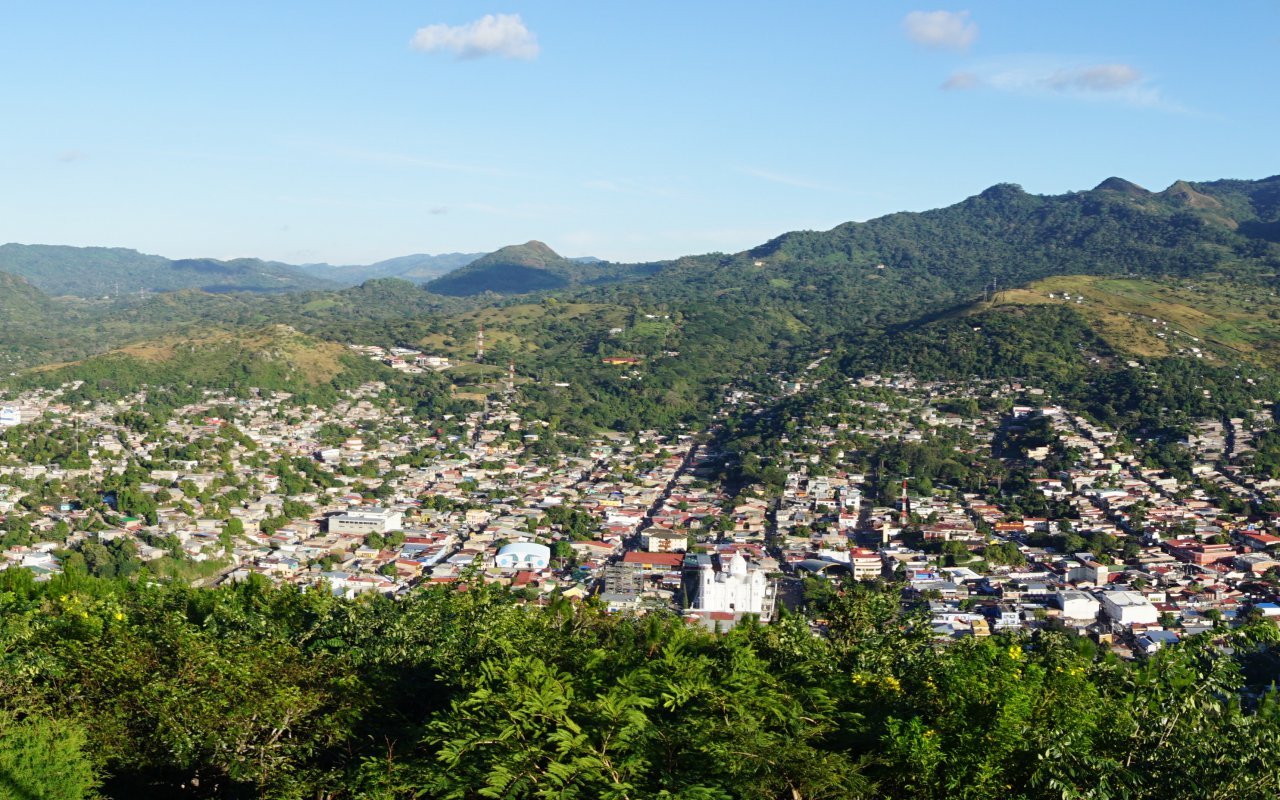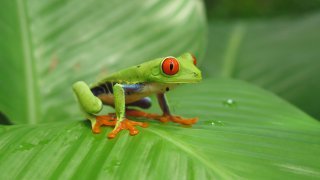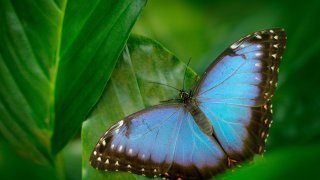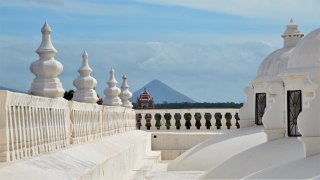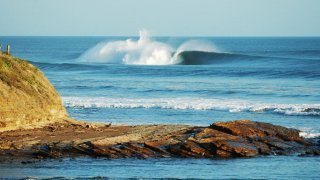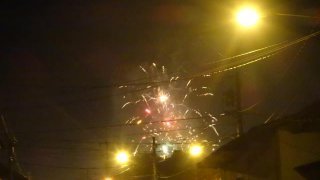The region of Matagalpa and its regional capital of the same name is known as the “Perla del Septentrión”. Not far from the city are the nature reserve Cerro Apante, the waterfalls of the river Rio Santa Emilia, mountains and large pine forests. All this geography of the north is the soil of the most beautiful coffee fincas of the country.
Matagalpa, Perla del Septentrión
Located 128 km from the capital, Matagalpa is surrounded by mountains. It is a good place to live and the air is fresh. The mountain range surrounding the city is green and low, barely 500 meters for the Cerro Buena Vista. Numerous paths and crossing roads are scattered throughout the surroundings. You will see small mammals and many birds, even monkeys, which share the banks of the streams and waterfalls of the area.
The three main mountain ranges around Matagalpa, El Arenal, el Cerro Apante and the Cerro Frio, are classified as “protected areas”, and are now nature reserves. In these preserved areas, many species have been implanted, flowers and animals, the fauna and flora has exploded, some species have thus “mutated” and become unique and specific to the area.
Matagalpa is an economically attractive city, and thus one of the largest cities in Nicaragua. It generates a diversity of cereals, vegetables, coffee, cattle, flowers… probably the country’s breadbasket.
Wild avocado, papaya, tobacco or cinnamon, you can find everything in the markets of my region. The Spanish settlers were not mistaken at the time, the agricultural potential of the region was exploited and the natural resources are still used intensively today, and have been since colonial times.
History
The Ulua-Matagalpa tribes, peoples living in the region, gave the name to this green territory in northern Nicaragua. Until the 18th century, the city of Matagalpa was not as “known” and populated, Sebaco was the most important city. Matagalpa was founded by the Spanish conquistadores, in full conquest of the continent. From 1542, the Indians living in the city were organized and had a kind of status, special laws and an “administrative” colonial corp in charge of directing the municipality were put in place. Finally, the north of Nicaragua was never really “dominated” by the colonizers before the XVIIIth century.
The region of Matagalpa became a real pole in the north as early as 1868 and has three large indigenous towns on its territory, Matagalpa (or pueblo grande), Solingalpa and Molaguina. Matagalpa stands out from the rest and the settlers were not mistaken once again. The return of expeditions made to the King of Spain in this half of the 18th century certainly evokes a rugged and mountainous terrain but above all insists on the freshness and fertility of the soils of the conquered territory. In the 19th century, the city was divided in two, the top and bottom being based on the river bank. The district “El de arriba” upstream was purely indigenous.
Very quickly, an organized and Hispanic administration was set up, a civil procedure code was there, an approved civil code, a court of justice, a police force and a few regiments of horsemen were housed in the city. At the end of the XIXth century, the lands of the indigenous communities were auctioned, Matagalpa was then experiencing its re-entry into the world economic scene, a prosperous and rich city despite the unjust expropriation and the delay in the development of certain infrastructures still today, Matagalpa remains a real economic and ecological lung and its ancient and local history still remains to be explored.
What to do in Matagalpa and its surroundings?
Matagalpa and its surroundings offer several possibilities for excursions. Here are some of them:
- visit to the coffee museum
- visit of the Carlos Fonseca Amador museum, founder of the Sandinista movement.
- visit to the birth house of the national poet Ruben Dario
- swimming in the cool waters of the Santa Emilia River waterfalls
- hike in the Cerro Apante nature reserve
- visit to a coffee plantation
- visit and walk in the private reserve Selva Negra (read below)
- hiking in the nature reserve Macizos de Peñas Blancas (read below)
Selva Negra Private Reserve
Located in the high mountains of Matagalpa, in the heart of a vast coffee plantation and a tropical forest, you will be seduced by the enchantment of the Selva Negra!
This place was privatized in 1975 by two German visionaries who converted this coffee finca into one of the most famous hotel offers in Nicaragua.
Here you will find a cool climate, small lakes, exotic gardens, coffee plants and an almost incomparable contact with nature. You can easily discover this environment thanks to the various possibilities of hiking or horseback riding to meet the local fauna which includes more than 200 species of birds, various mammals including howler monkeys easily spotted along the trails, reptiles and amphibians. You will also be able to observe the cultivation and processing of coffee.
Frequented by some national and foreign tourists and located a few meters from the road that leads to Jinotega, make a stop at the Selva Negra, you won’t regret it.
El Tuma - La Dalia
Crossed by the superb Dariense and Isabelia mountain ranges, El Tuma – La Dalia is indeed a small, cool, slightly elevated and mountainous area. One crosses there large forests of conifers and bosque de nubes.
The rio Tuma generously feeds all the surrounding coffee fincas. You must have passed Matagalpa and want to get lost up there, in the north! A change of scenery guaranteed. We are far from everything and the panorama is breathtaking after each bend. Everything is green!!!!
Natural Reserve Macizos de Peñas Blancas
The Macizos de Peñas Blancas Nature Reserve belongs to the Bosawas Biosphere Reserve in the north-central region of the country, between the departments of Matagalpa and Jinotega.
The highest point of the Peñas Blancas Massif rises to 1,745 meters above sea level, one of the highest in the country. It owes its name to the color of its rocks.
The nature reserve is characterized by a tropical rainforest permanently shrouded in fog. The numerous hiking possibilities allow you to discover the different ecosystems of this still little-known reserve. You will be able to see magnificent waterfalls as well as many animals typical of the region.
